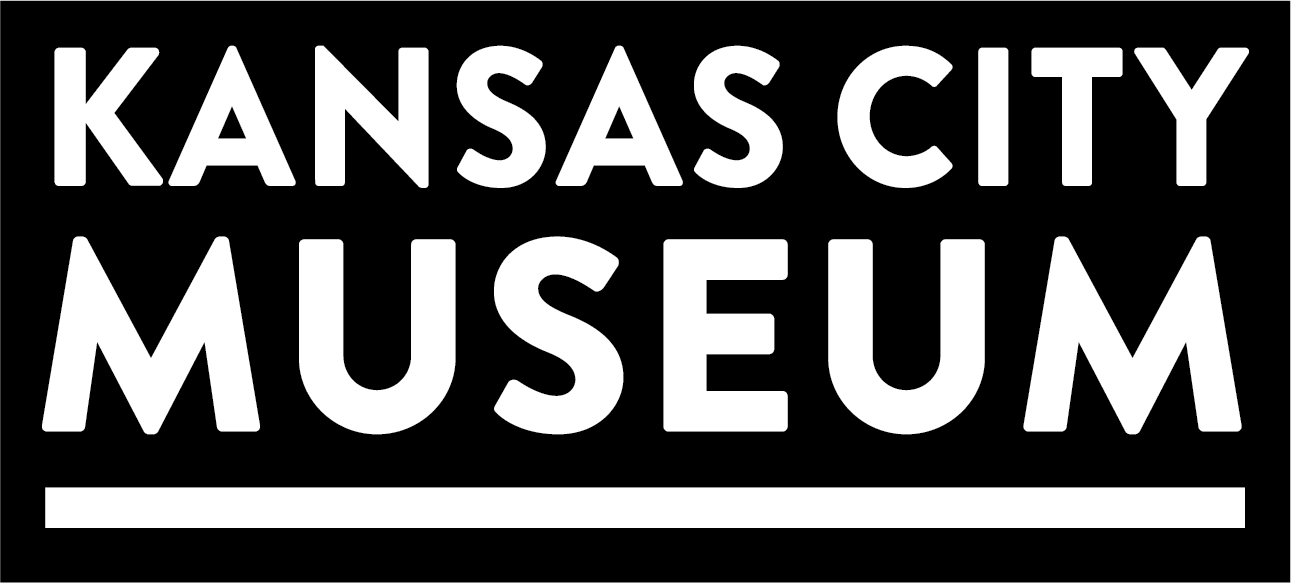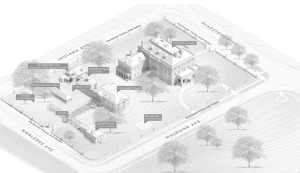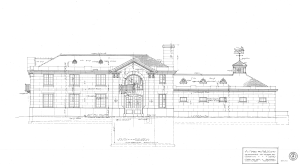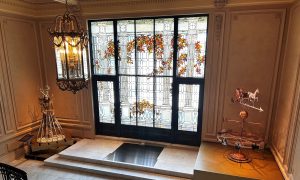To achieve its mission and vision, the Kansas City Museum is actively learning about and committed to using a restorative practices methodology to produce relevant, responsive, and restorative exhibits and programs. The Museum has been using restorative practices formally since 2019 but has been using its core ideology and principles informally since 2015. Click here for the May/June 2021 issue of Museum magazine to learn more.
Restorative practices is an emerging social science that studies how to build healthy, sustainable communities and how address conflict and prevent wrongdoing by strengthening relationships between individuals as well creating social connections within communities. Often used in social work and some innovative judicial systems and schools, restorative practices intentionally connects people. It validates all perspectives, expressions, and experiences to repair trust and gain unity among individuals and communities who have been harmed. Restorative practices requires working with (not to or for) communities to co-create and negotiate truth.
Restorative practices values and prioritizes healthy and equitable relationships—how to form, maintain, and restore them after conflict or damage has been done. Restorative practices recognizes that every individual story has meaning and is comprised of—and leads to—a multiplicity of voices and a shared experience that transcends the boundaries and borders that separate us. This approach often stands in contrast to traditional ways of telling history, wherein a limited, often biased point of view drives the narrative.
Using restorative practices in the museum field is groundbreaking, and the Kansas City Museum is working with the International Institute for Restorative Practices (IIRP) to embed a restorative ethos into its work culture and organizational practices so that the Museum can more effectively use restorative practices internally and externally. For example, the Museum actively uses a restorative approach for how it writes exhibit content, forms strategic partnerships to collaboratively develop programs, and establishes collecting policies. The Museum is working toward how to use restorative practices to build staff and governance capacity through future workforce development and internship opportunities that will contribute to diversifying the museum field and cultivating the next generation of museum leaders.
To date, the Kansas City Museum has been working with Henry L. McClendon, Jr. from IIRP to conduct a training in restorative practices for Kansas City Museum staff and a training with Kansas City-based educators from museums, school, and nonprofit organizations. The Museum will continue its engagement with IIRP through 2024.
The Kansas City Museum’s work with restorative practices is being generously supported by the Ewing Marion Kauffman Foundation.
To learn more about the Kansas City Museum’s Restore KC programming, click here.
To learn more about how restorative practices is being used in the museum field, visit the Smithsonian’s Center for Restorative History: Center for Restorative History | National Museum of American History (si.edu).






